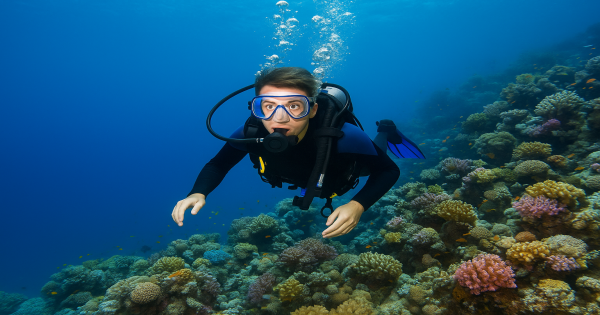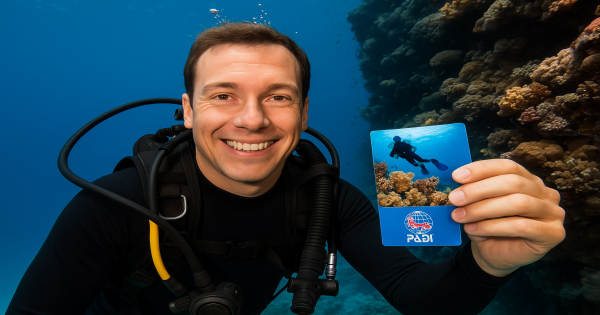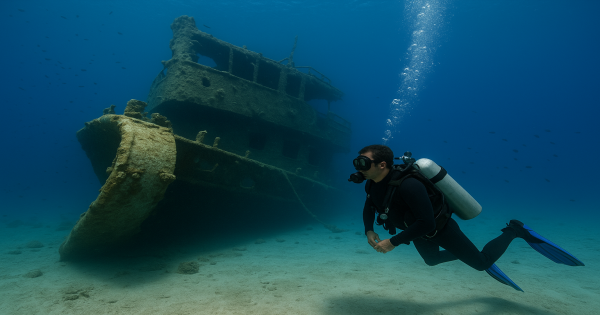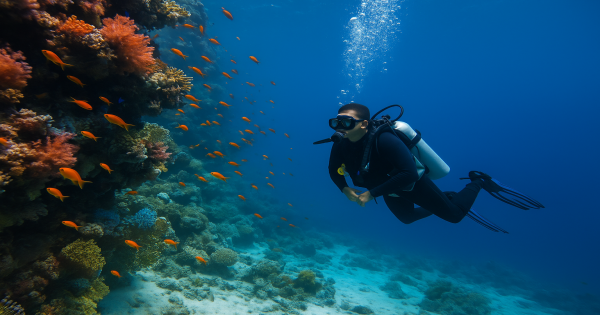Blog Details
scuba diving breathing exercises
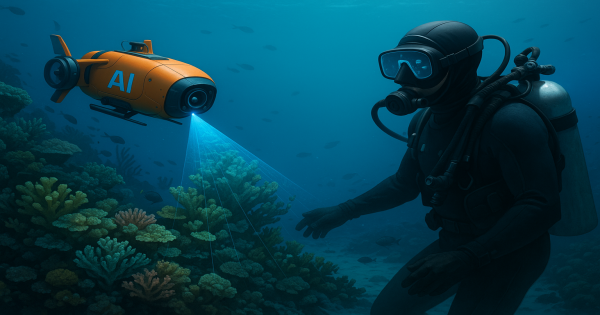
Breathe Better, Dive Deeper: The Power of Scuba Diving Breathing Exercises
Scuba diving isn’t just about exploring the ocean—it’s about mastering your body, mind, and breath. Whether you’re a beginner or a seasoned diver, breathing exercises can significantly improve your air consumption, relaxation, and focus underwater. This guide dives into the best scuba diving breathing exercises to help you enhance performance, stay calm, and extend your dives safely.
Why Breathing Matters in Scuba Diving
Breathing underwater is very different from breathing on land. It’s slower, more deliberate, and directly impacts your buoyancy, comfort, and safety. Divers who practice proper scuba diving breathing exercises tend to use less air, stay longer underwater, and remain calmer during unexpected situations.
Diaphragmatic (Belly) Breathing
One of the core techniques every diver should master is diaphragmatic breathing. This method focuses on using your diaphragm instead of your chest. It encourages deeper inhalations and slower exhalations, helping your body absorb more oxygen efficiently.
Exercise:
-
Sit or lie down comfortably.
-
Inhale slowly through your nose, pushing your belly outward.
-
Exhale slowly through your mouth, allowing your belly to fall.
-
Practice this for 5–10 minutes daily.
This is a foundational scuba diving breathing exercise that enhances lung capacity and reduces anxiety.
Box Breathing for Relaxation
Box breathing, also known as four-square breathing, is perfect for reducing stress before a dive.
Exercise:
-
Inhale for 4 seconds
-
Hold your breath for 4 seconds
-
Exhale for 4 seconds
-
Hold again for 4 seconds
Repeat for several cycles. This exercise sharpens your mental focus and brings down heart rate—ideal before entering the water.
📧 Contact us at [email protected] or
📞 call +201092856966 to customise your diving holiday today.
CO2 Tolerance Training
Another essential scuba diving breathing exercise is CO2 tolerance training. This helps your body adapt to higher levels of carbon dioxide and delays the urge to exhale, which can extend bottom time.
Exercise (Apnea Walk):
-
Take a deep breath and hold.
-
Walk slowly for a short distance (5–10 steps), then exhale.
-
Rest and repeat.
Note: Only practice this in a safe, supervised environment.
Pursed-Lip Breathing to Improve Air Control
This technique slows down your exhalation, improving control over your breath and helping prevent overexertion.
Exercise:
-
Inhale through your nose for 2–3 seconds.
-
Exhale through pursed lips (as if blowing through a straw) for 4–6 seconds.
This is especially useful when ascending or during long swims underwater.
Breathing Cadence: Matching Breath with Movement
During a dive, syncing your breath with your fin strokes helps maintain a steady rhythm and reduces energy use.
Tip: Practice this in a pool—breathe in as you kick twice, and breathe out on the next two kicks. Over time, this will become second nature and improve your dive flow.
Conclusion: Your Breath is Your Superpower
Scuba diving breathing exercises don’t just improve your physical performance—they transform your entire diving experience. With better breath control, you’ll stay calm, use less air, and truly connect with the underwater world.
📧 Contact us at [email protected]
📞 Or call +201092856966 to customise your diving holiday.
